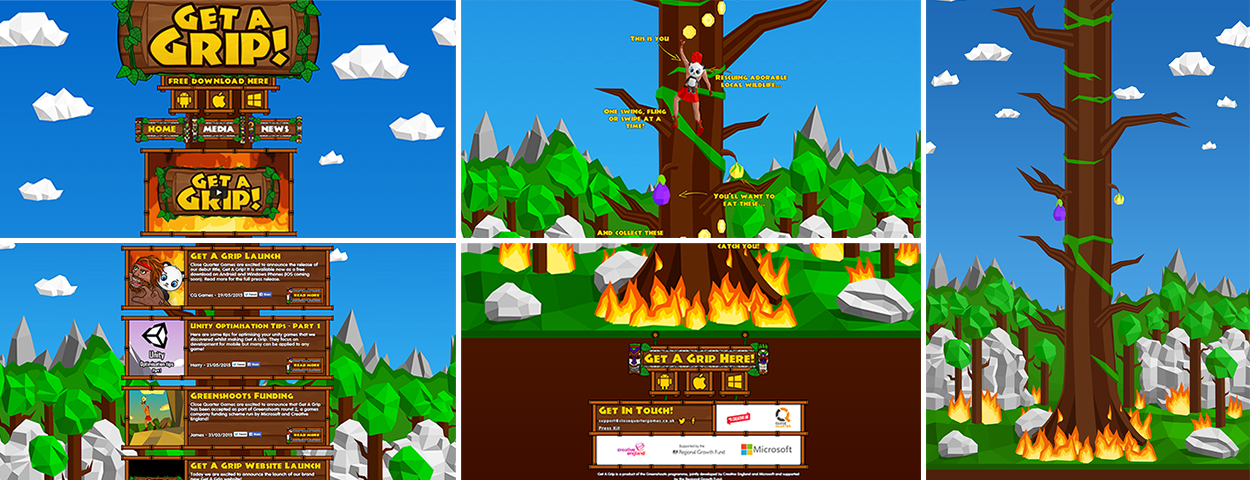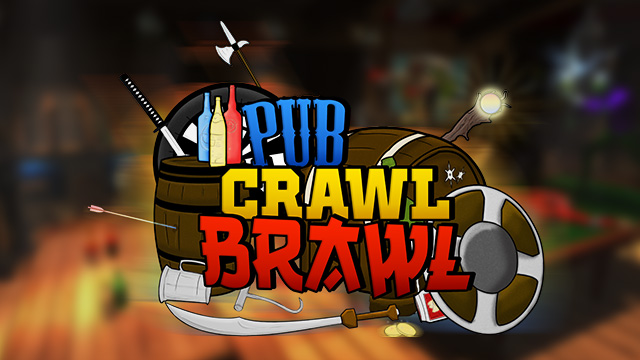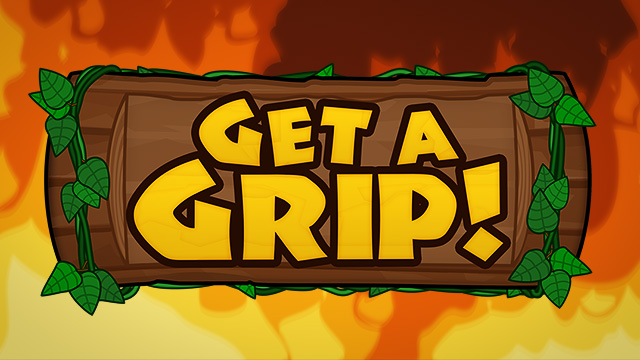
GET A GRIP!
Game Designer & Artist
-
Close Quarter Games
-
June 2015
-
iOS, Android, & Windows Phone
Procedurally-Generated 3d Ragdoll-Physics Game
The unique game concept was birthed at a game jam and was so well received a polished prototype was developed and pitched to Greenshoots; an investment programme run by Creative England partnered with Microsoft. The prototype was one of the select few applicants to pass the final stages - receiving support and financial investment. We set up the tiny "Close Quarter" Games studio during the process and began full production on the game.
KEY RESPONSIBILITIES
-
●
High-level game and mechanic design.
-
●
Collaborate with developers to create and refine gameplay.
-
●
Procedural level design architect and gameplay balancing.
-
●
3d character, environment, and prop art.
-
●
2d art, design, implementation, and animation.
-
●
Promotional graphic and video asset creation.
-
●
And many many more!
OVERVIEW
"Save the baby panda and escape the jungle inferno.
A raging fire is spreading through the jungle putting local wildlife in danger. With all directions set ablaze by a fiery inferno, rescue the lovable but exceptionally inflammable baby panda and take the only route out; up the endless jungle tree! Using your thumbs to control the ragdoll climber’s hands you can swipe, swing and fling your way to safety.
Can you master the jungle swing and escape the fire? Test your endurance and skills against the ever-rising inferno, or just your friends."
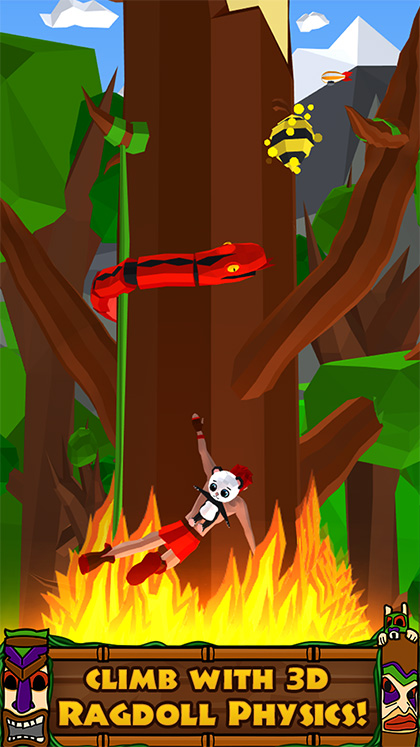
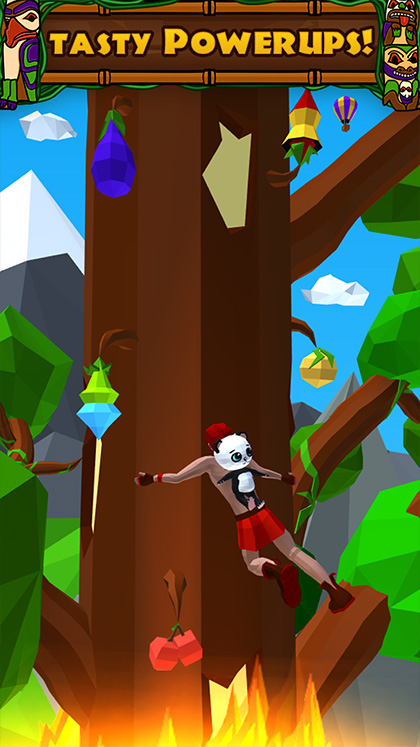
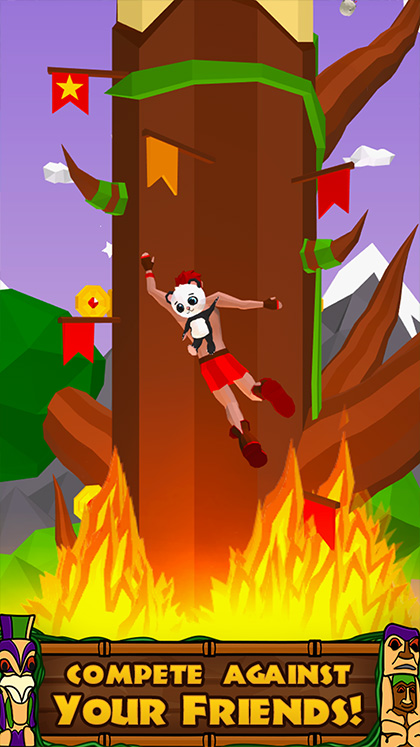

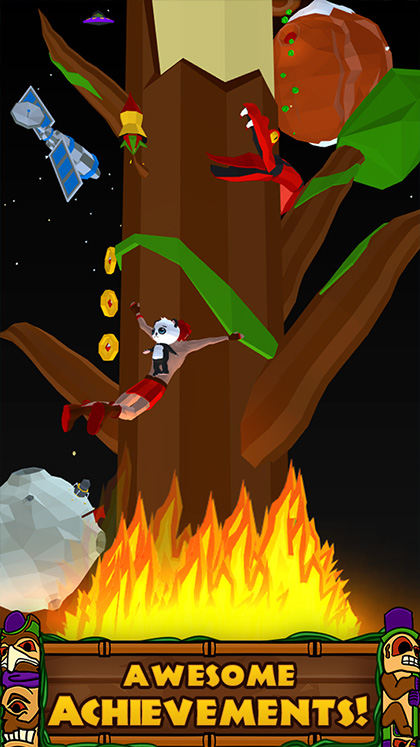
GAMEPLAY EXAMPLES
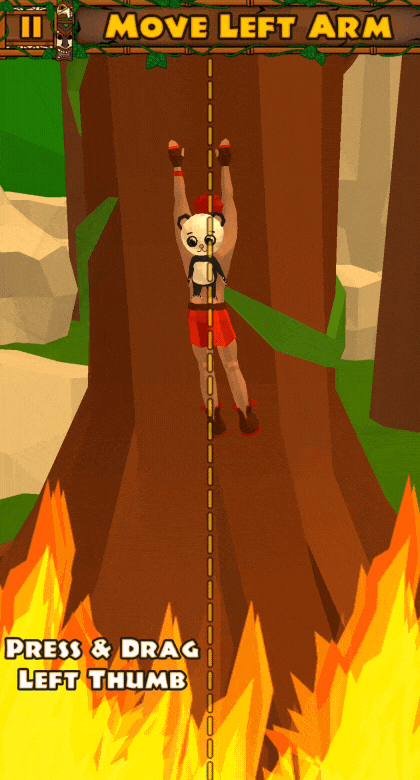
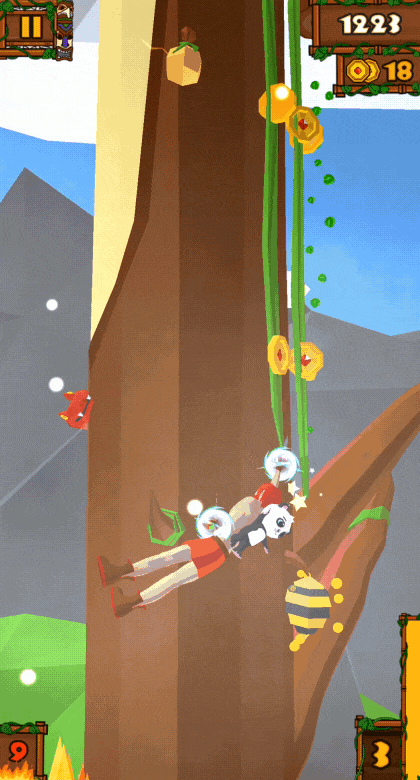
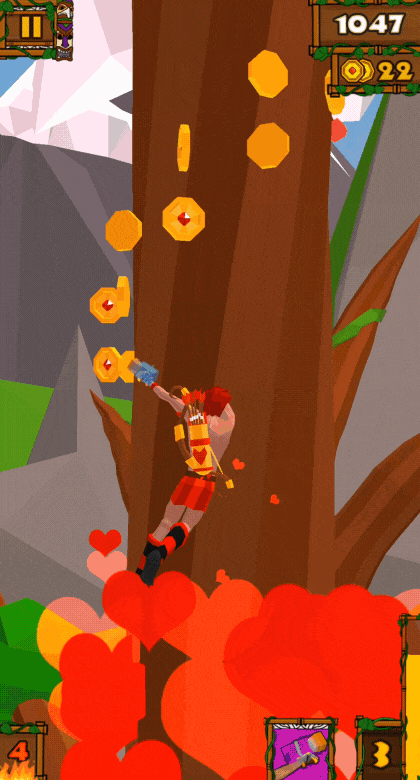
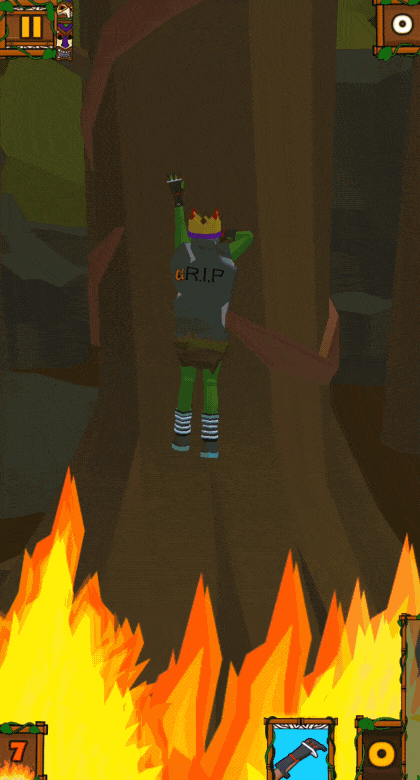

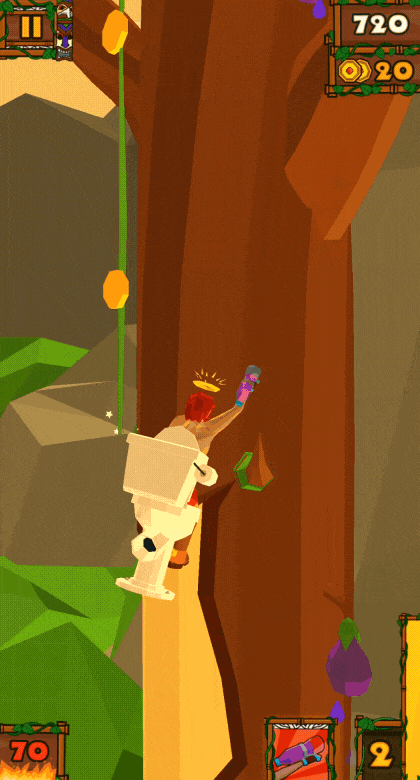
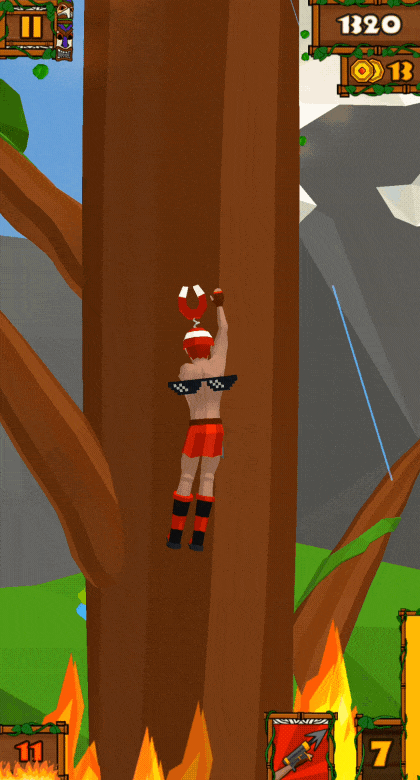
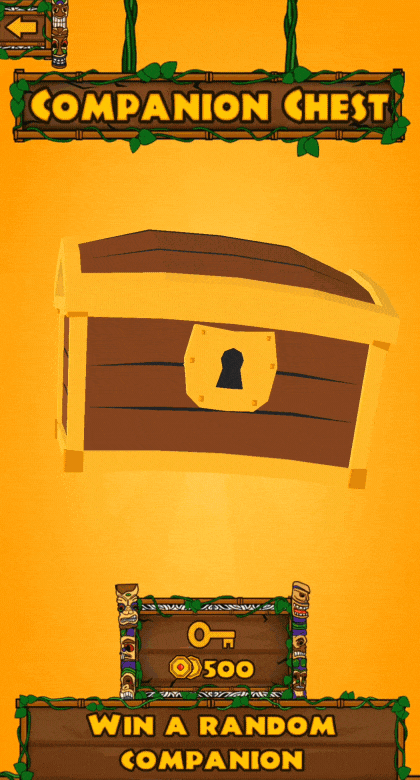
GAME TRAILERS
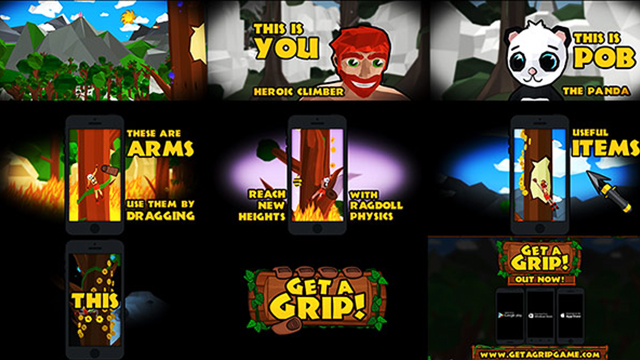
UI DESIGN AND ANIMATION
Some UI responsibilities included: planning, designing, implementing, and aggressively optimising assets for custom menu systems that needed to function flexibly within harsh hardware constraints. 2d sprites and animation sequences were created with Photoshop before being imported into Unity for use in a single UI texture atlas for the entire game.
The multi-platform nature of the game necessitated great care to ensure a unified design across a variety of device resolutions, aspect ratios, and hardware compatible file formats. Finally, the menus were vigorously bug tested and polished with animated elements in a fashion that allowed for independent screen triggering as well as staged scenarios like tutorials.
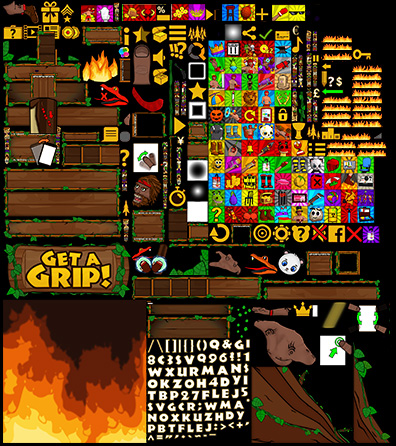
3D CONSTRUCTION
As we were aiming to support low and mid-range phones, the art style had to be simplistic enough to allow device processing power and memory usage be saved for procedural generation and physics system requirements. This meant models were stylised through shape, smoothing groups, and vertex colours rather than detailed textures, high-poly models, or fancy lighting.
Gameplay assets, environments, props, and character accessories were split into modular meshes designed to batch dynamically inside Unity; reducing draw calls significantly. Every 3D object in the game used a single (and tiny) texture sheet made up of colour swatches, in addition to the optimisation benefits this allowed quick and complete colour palette overhauls.
Content re-colouring, unique environment assets, sounds effects, and visual gameplay modifications were used as additional rewards for unlocking items and characters. Items served as player chosen equipment providing gameplay mechanics and passive bonuses to be experimented with and combined for synergistic results.
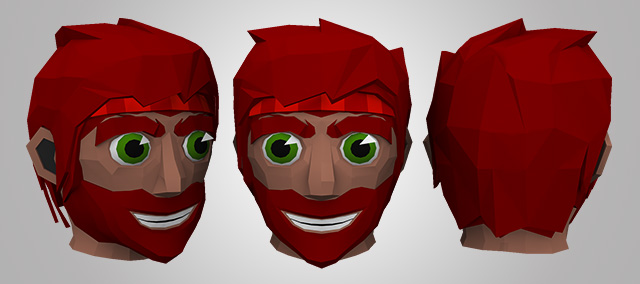
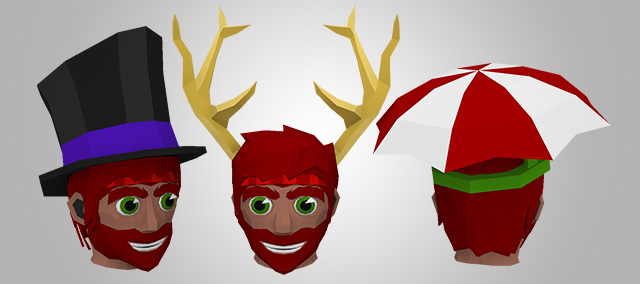
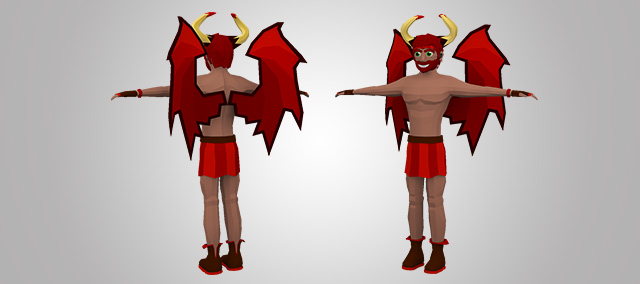
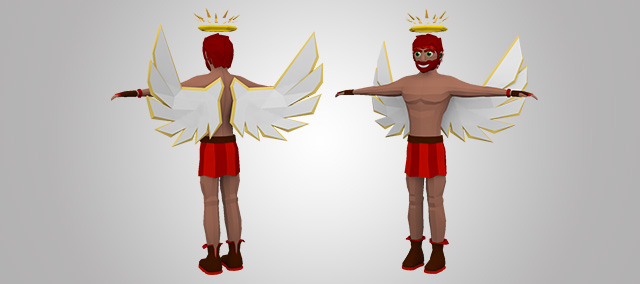
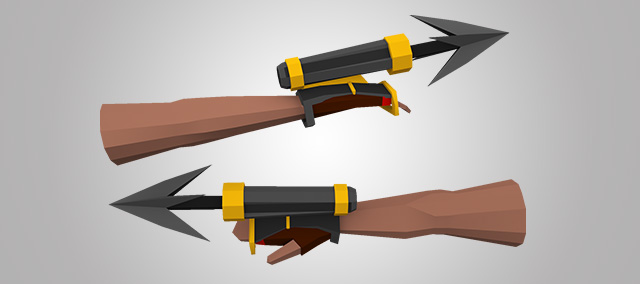
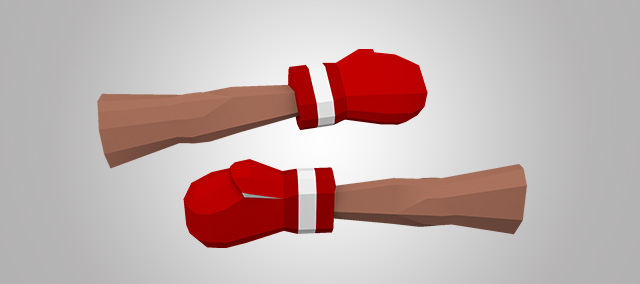
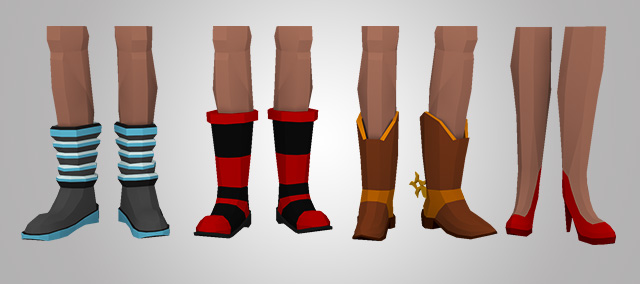
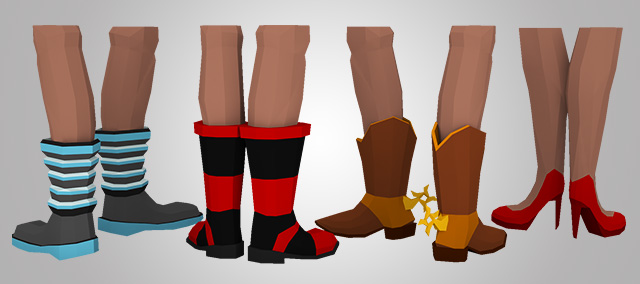

WIRE
FRAME
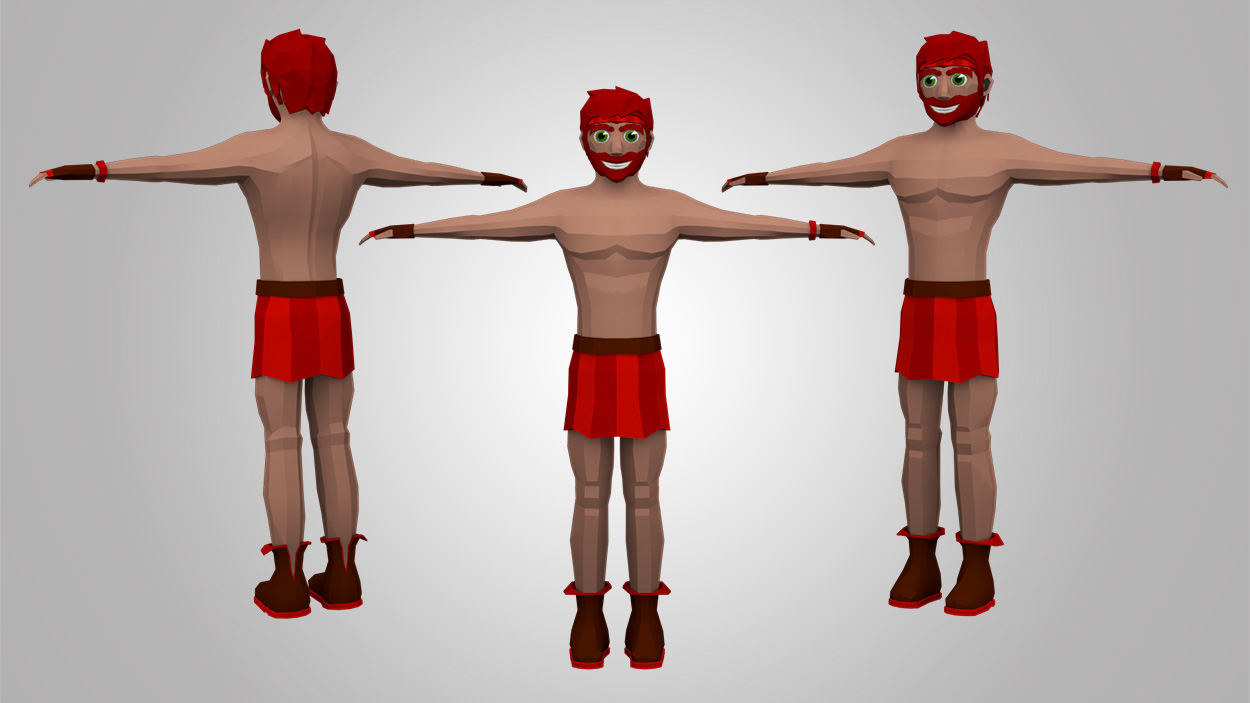
VERTEX
COLOURS
PROCEDUAL LEVEL SYSTEMS
Gameplay consisted of navigating procedurally generated levels, dodging enemies, collecting power ups, managing items, and desperately trying to out-climb the fire using a ragdoll physics character.
Levels were generated through a customisable tree generating system that outputted segments based on defined zoning parameters; densities, chances, repeat chances, sizes, locations, proximities, lengths, etc. Countless zones were created as templates, tagged with variable difficulty ranges, and given unique art characteristics; weather, skyboxes, lighting, colours, etc.
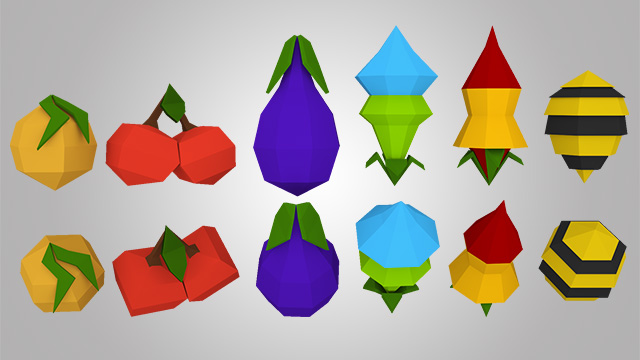
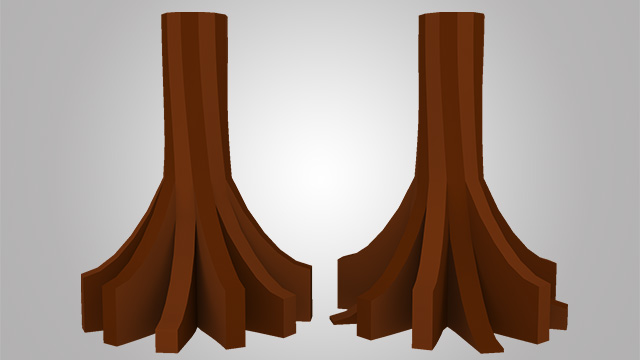
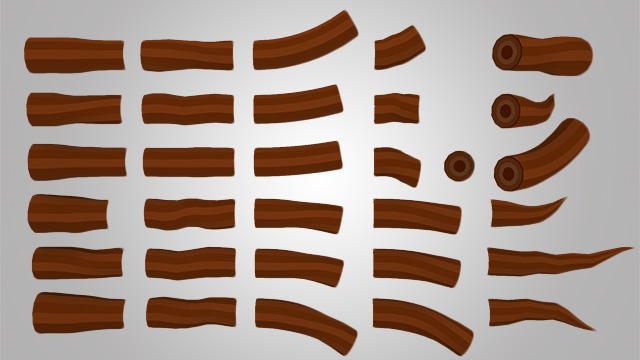
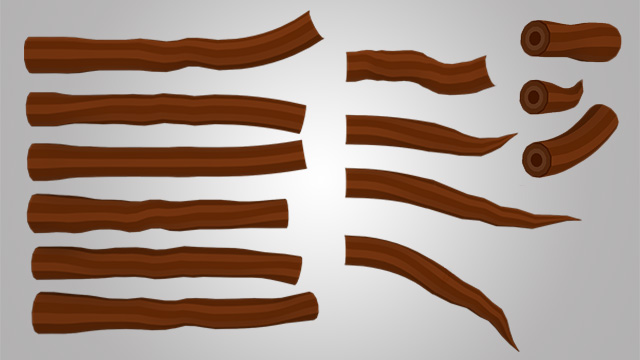
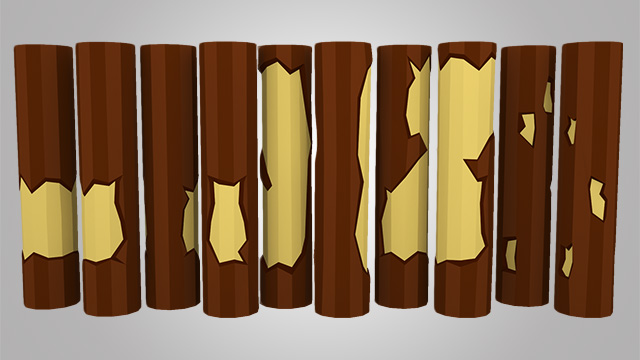
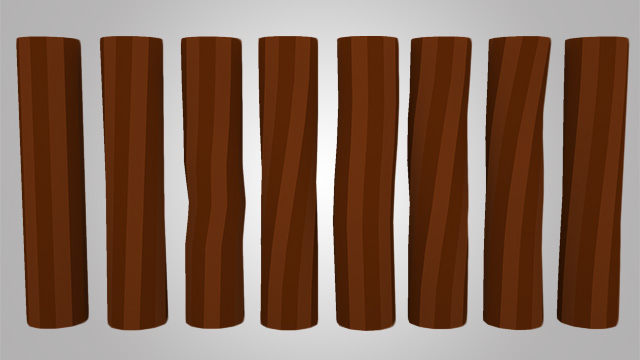
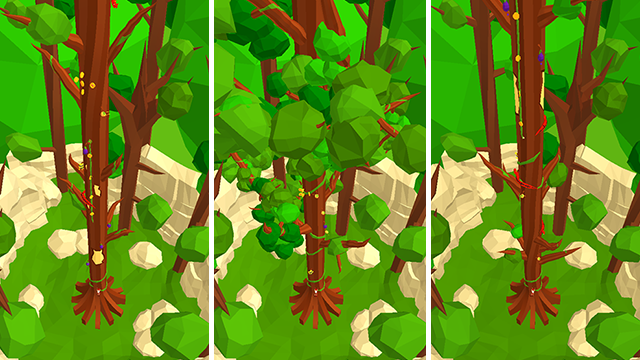
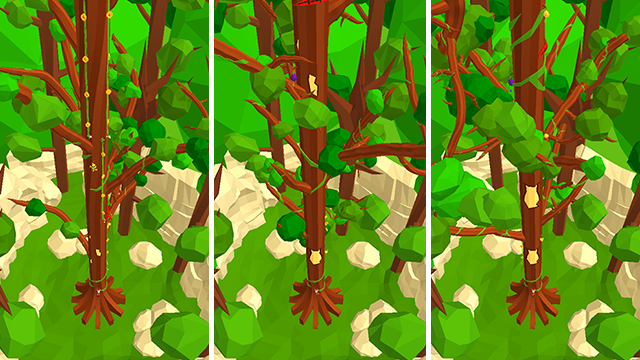
As tree assets and every gameplay object could be arranged in any order, a multi-directional modular asset set was crafted to snap together perfectly at angled increments - allowing a vast number of unique arrangements. The entire tree generation was created bespoke to batch draw all it's calls dynamically to remain performant on low-end mobile hardware. The gameplay system layers on top aimed to provide endless but fair layouts that provide emergent gameplay opportunities to compliment the entertaining and sometimes unpredictable player physics.
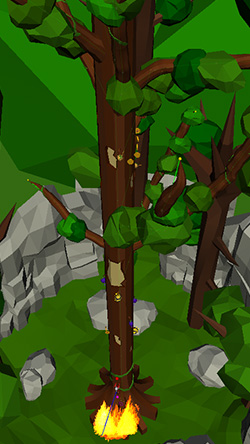

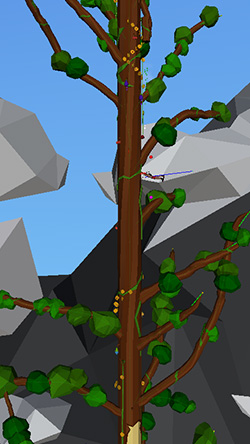
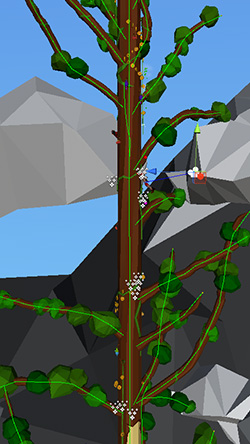
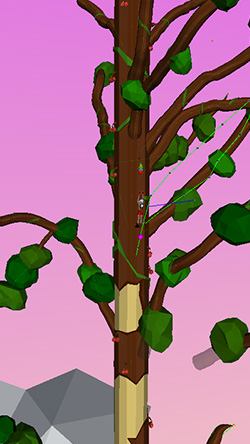
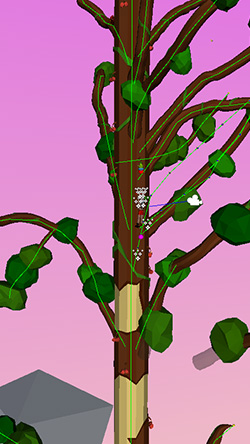
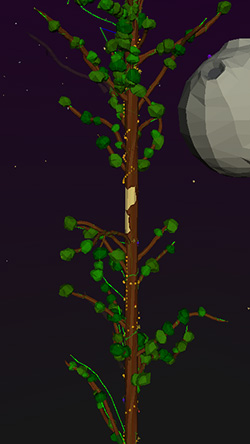
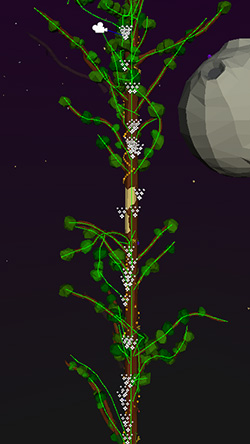
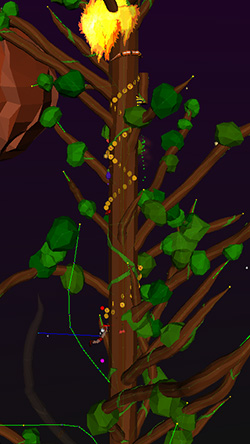
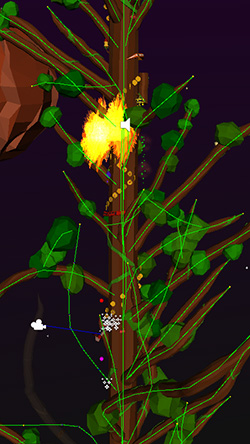
PROMOTIONAL WEBSITE AND DEVELOPMENT BLOG
This website was designed as a 2d representation of gameplay whilst advertising the product and it's development. As the user scrolled down the homepage they would be presented with preset scenes detailing gameplay features. A series of repeatable textures and re-usable assets could be arranged to populate an endless tree for the varying page heights.
